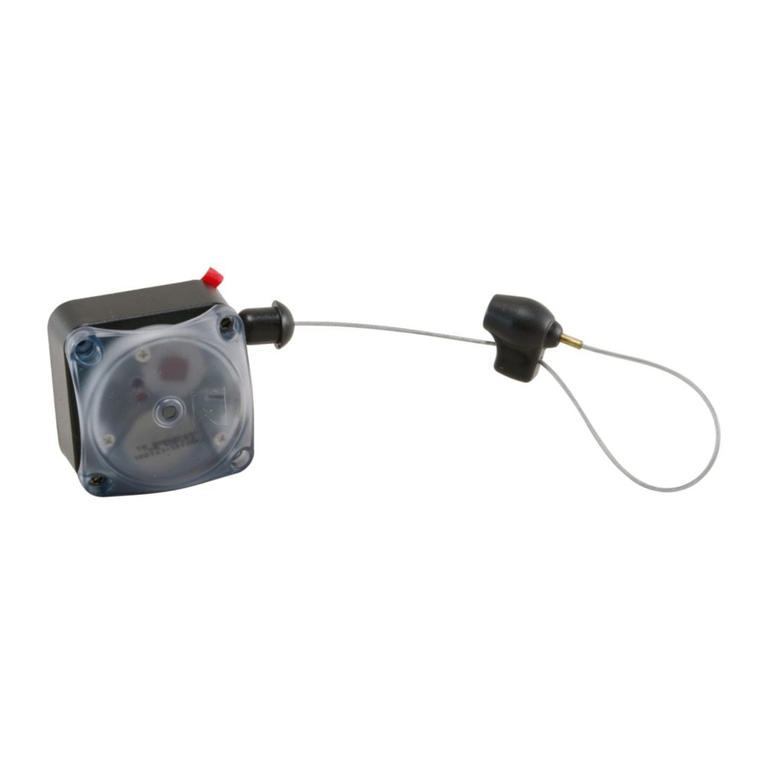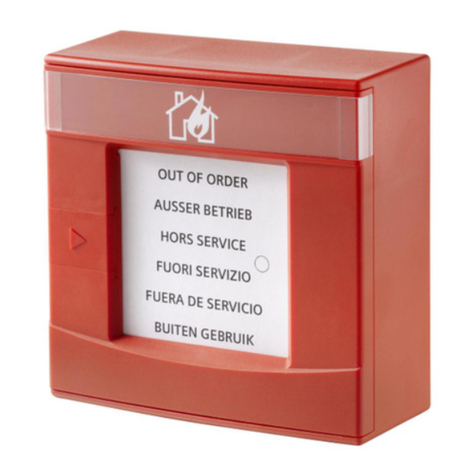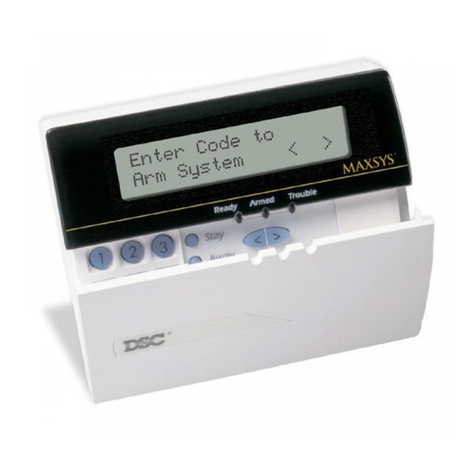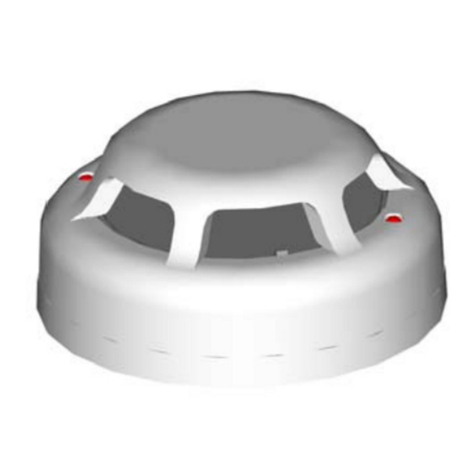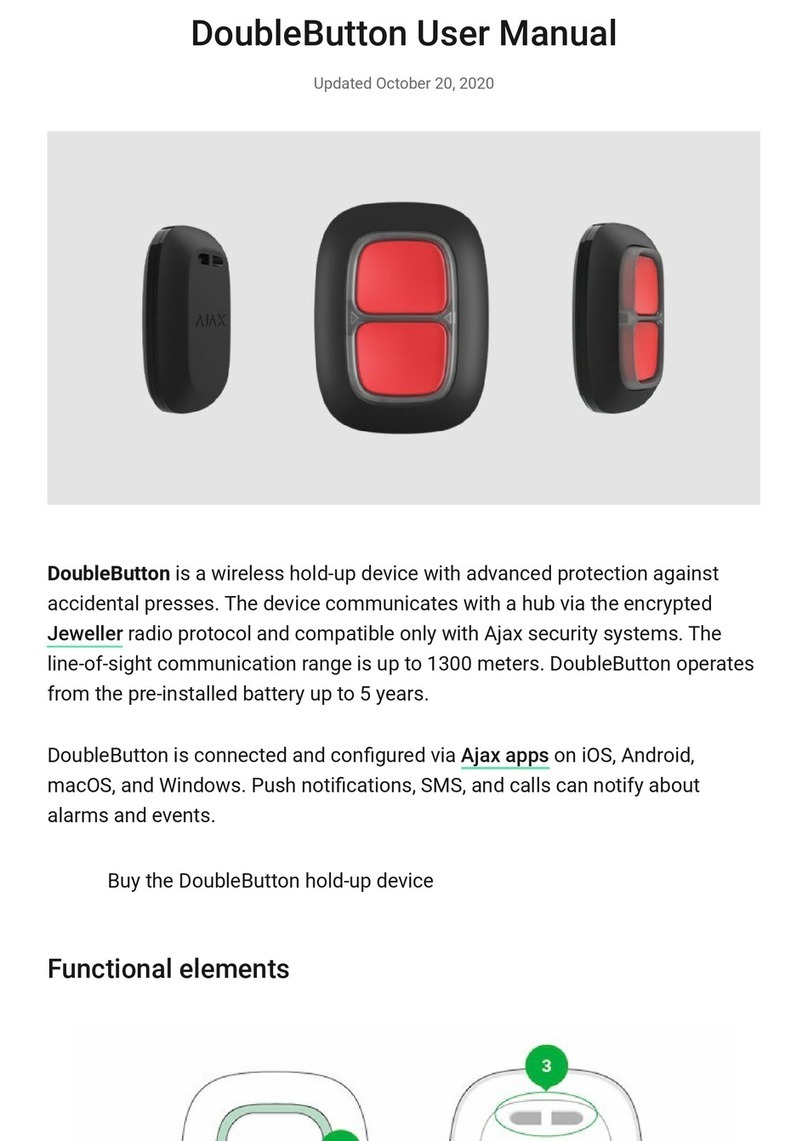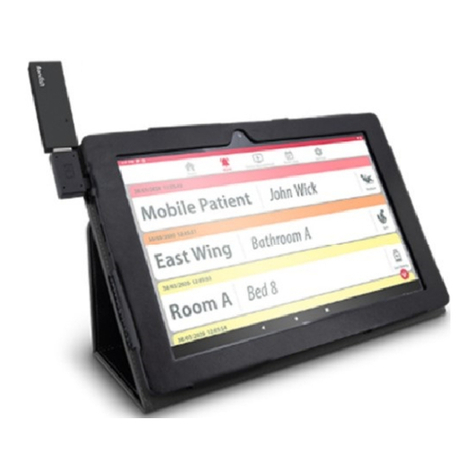FireAngel Thermoptek WST-630 User manual
Other FireAngel Security System manuals
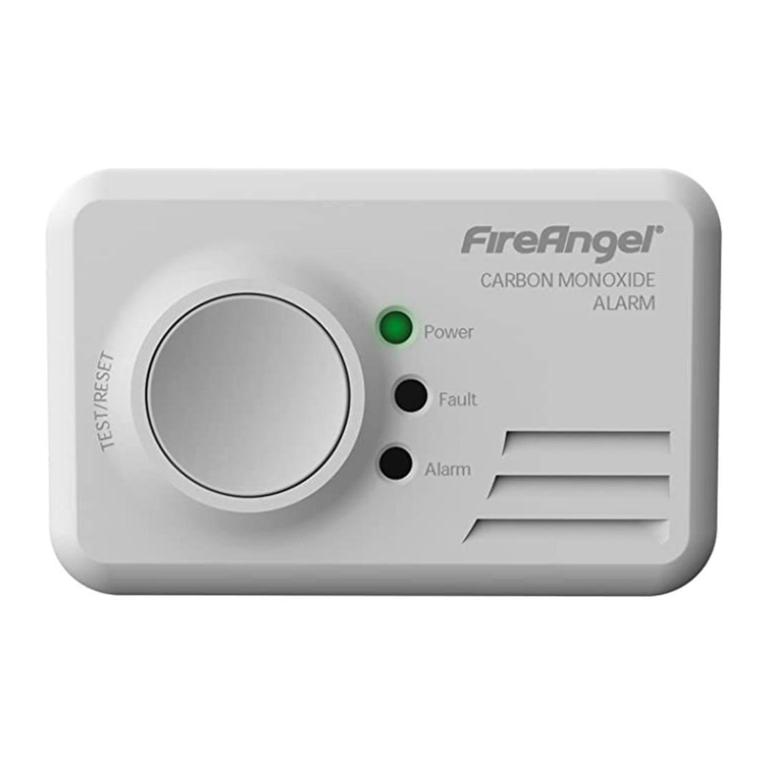
FireAngel
FireAngel CO-9X-10-EU User manual
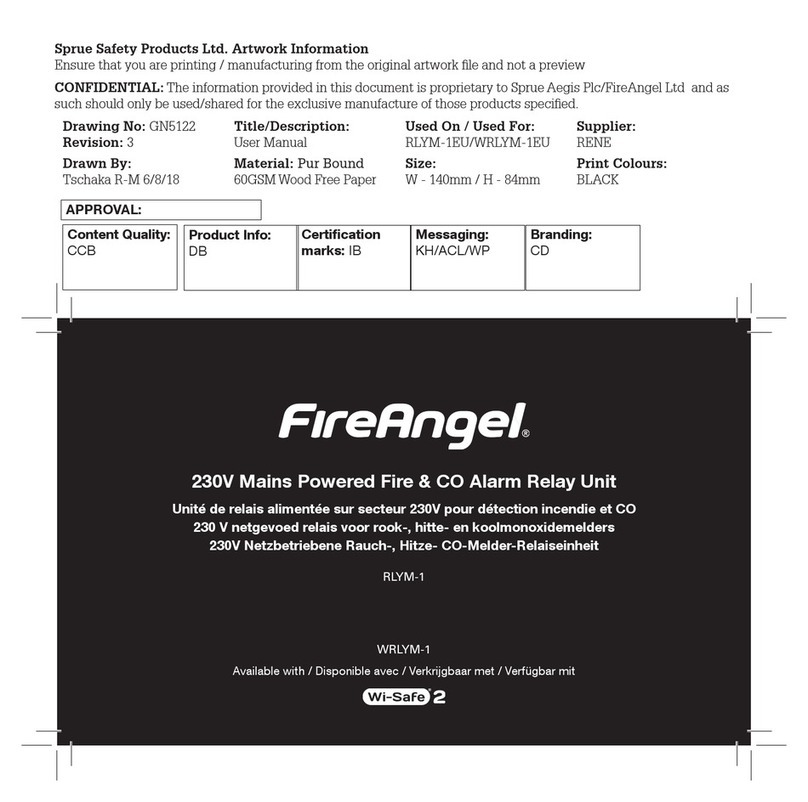
FireAngel
FireAngel RLYM-1 User manual
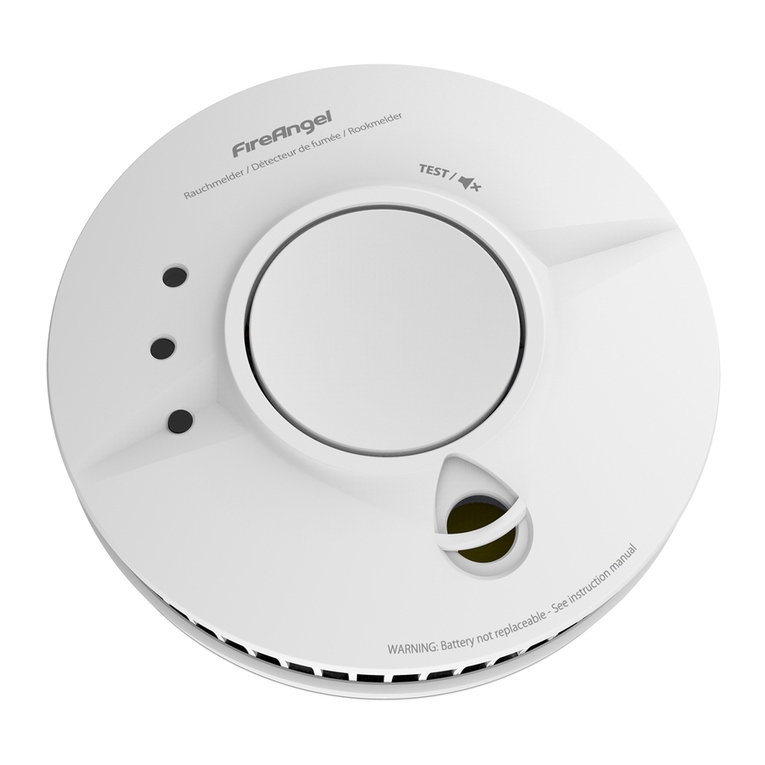
FireAngel
FireAngel SM-F-NEU User manual
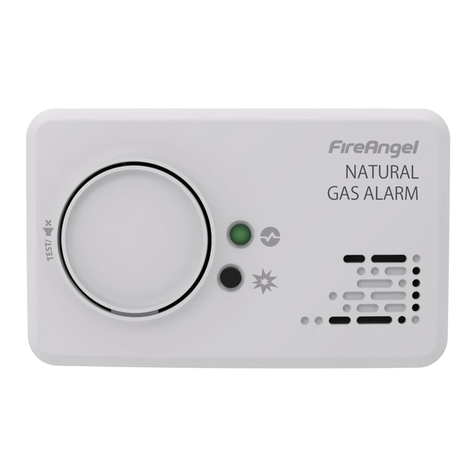
FireAngel
FireAngel NG-9B User manual
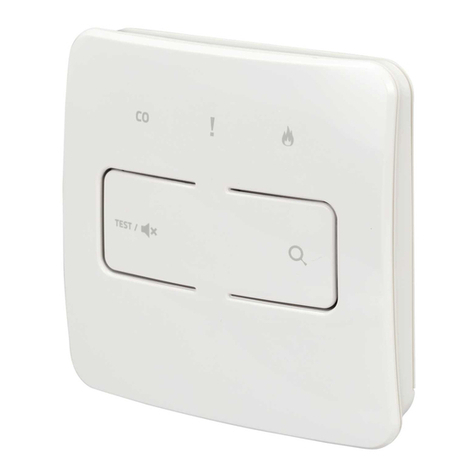
FireAngel
FireAngel FS1524W2-T User manual

FireAngel
FireAngel Wi-Safe WVP-626 User manual
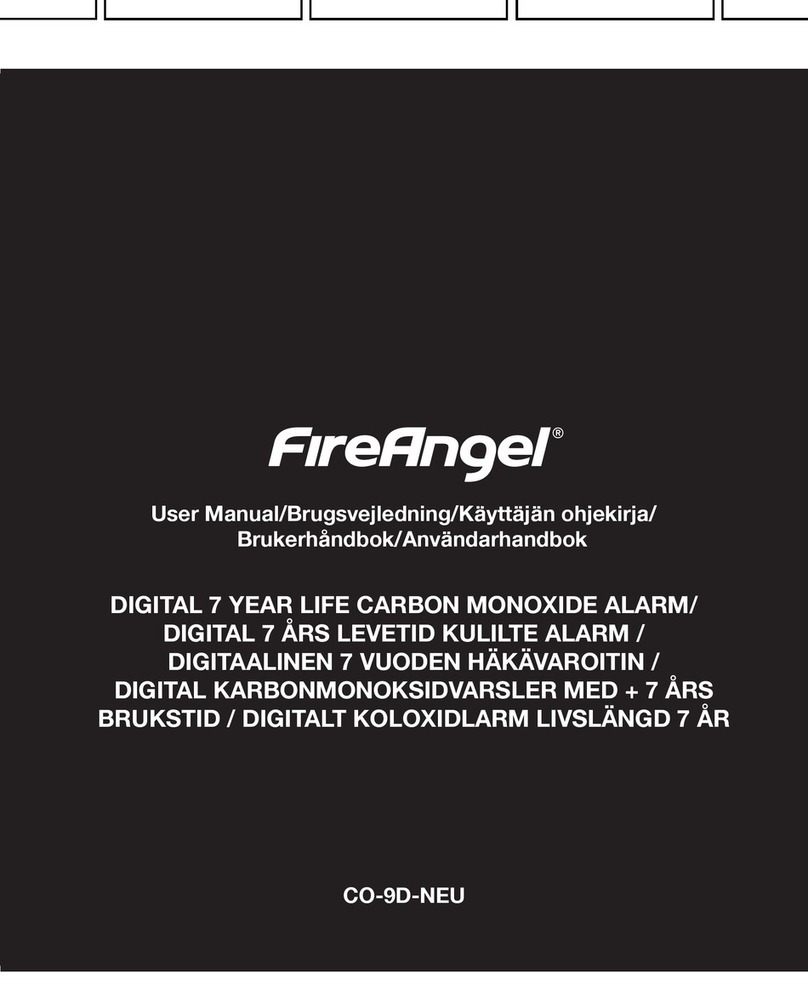
FireAngel
FireAngel CO-9D-NEU User manual

FireAngel
FireAngel NG-9B-INT User manual

FireAngel
FireAngel Wi-Safe 2 P-LINE Series Operation manual
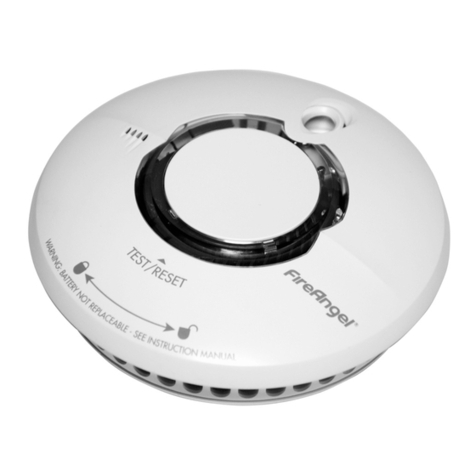
FireAngel
FireAngel Wi-Safe 2 User manual

FireAngel
FireAngel Thermistek Wi-Safe 2 HT-630-NEU User manual
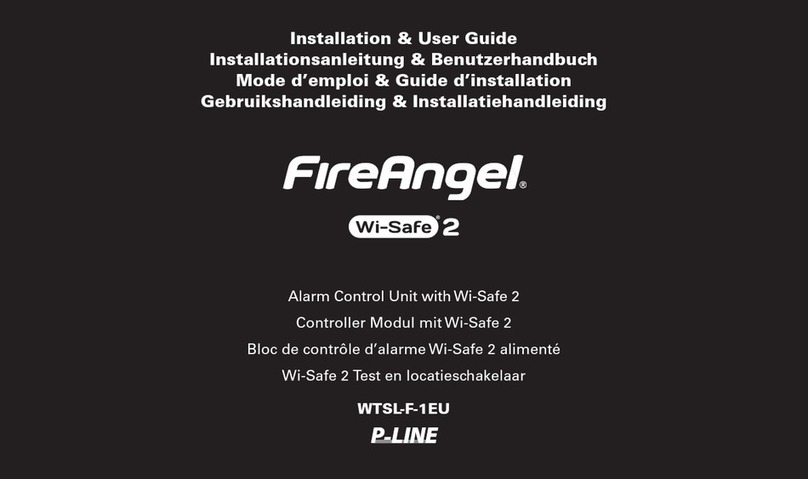
FireAngel
FireAngel WTSL-1EU Operation manual

FireAngel
FireAngel AngelEye NG-AE-9B-EUR User manual

FireAngel
FireAngel WFSVP-629 User manual
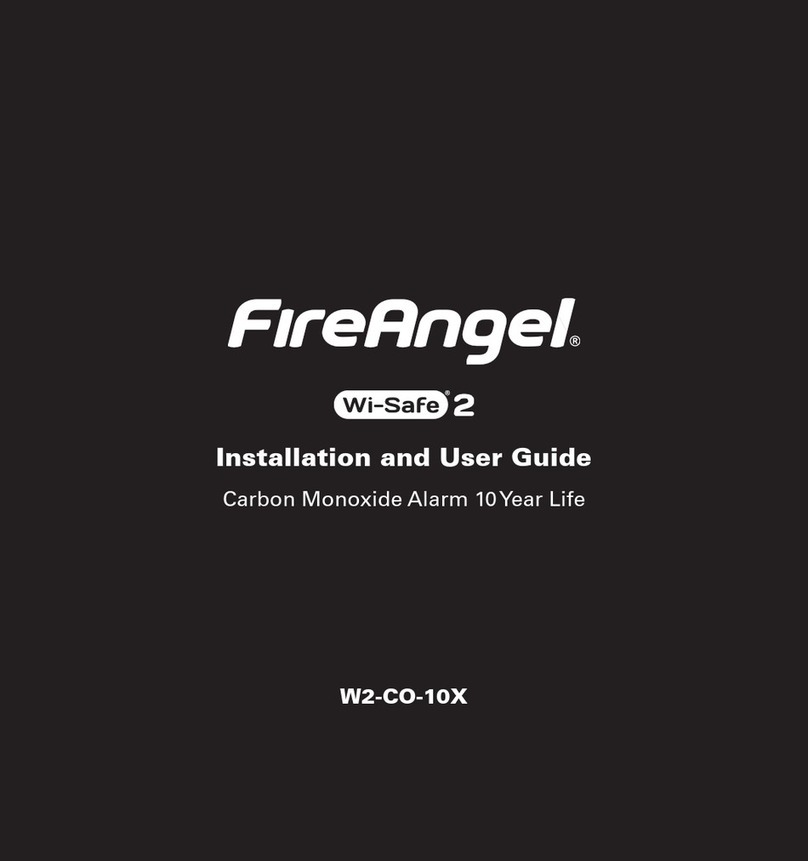
FireAngel
FireAngel Wi-Safe 2 W2-CO-10X User manual
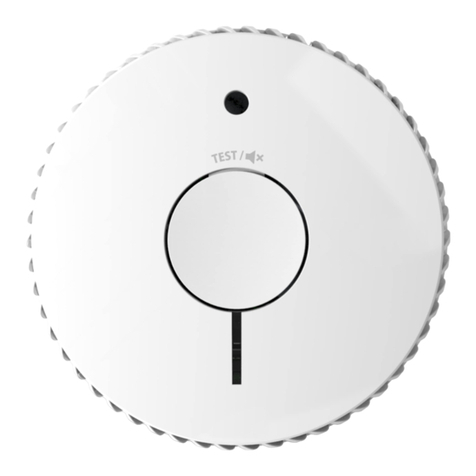
FireAngel
FireAngel FA6111 User manual

FireAngel
FireAngel CDA-9X User manual
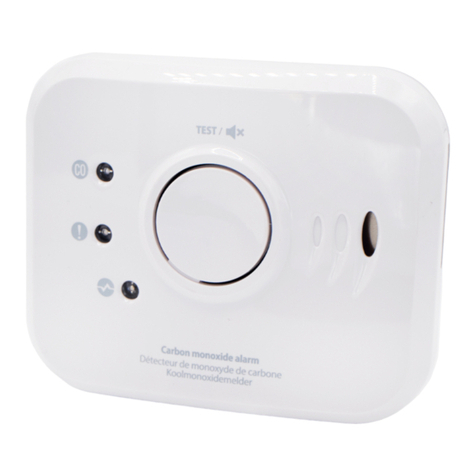
FireAngel
FireAngel NM-CO-10X User manual
Popular Security System manuals by other brands

Inner Range
Inner Range Concept 2000 user manual
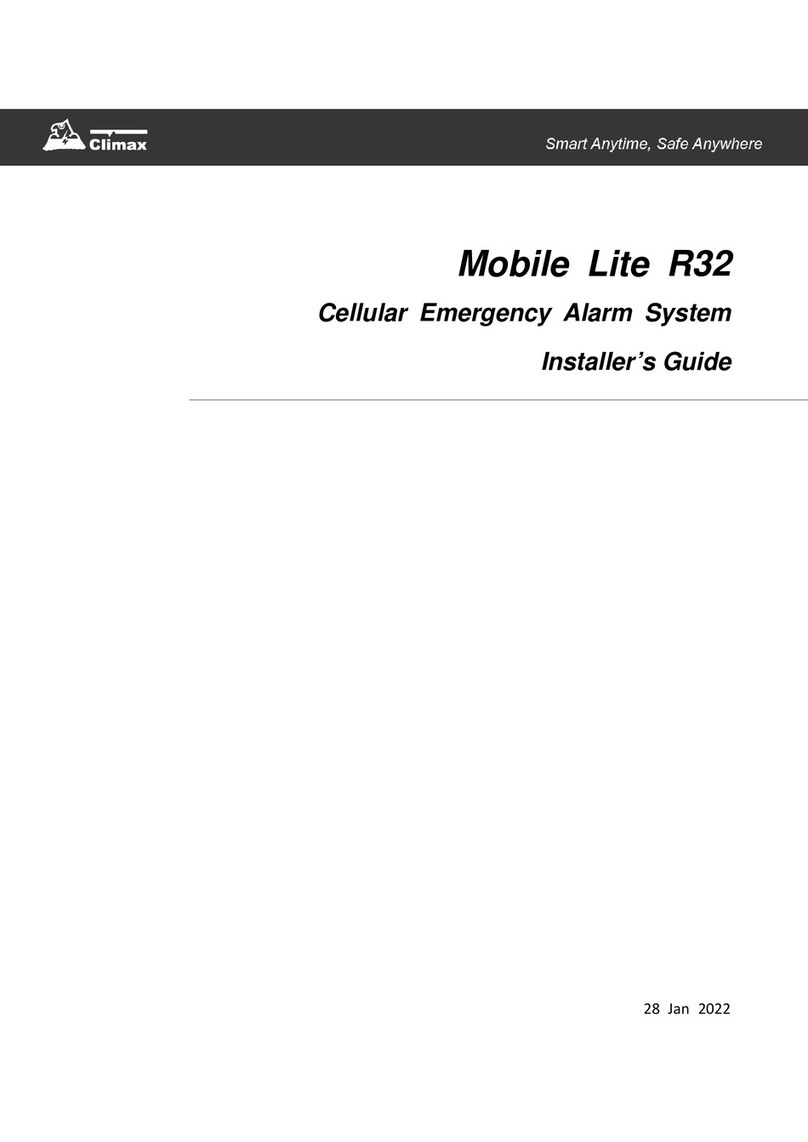
Climax
Climax Mobile Lite R32 Installer's guide

FBII
FBII XL-31 Series installation instructions

Johnson Controls
Johnson Controls PENN Connected PC10 Install and Commissioning Guide

Aeotec
Aeotec Siren Gen5 quick start guide
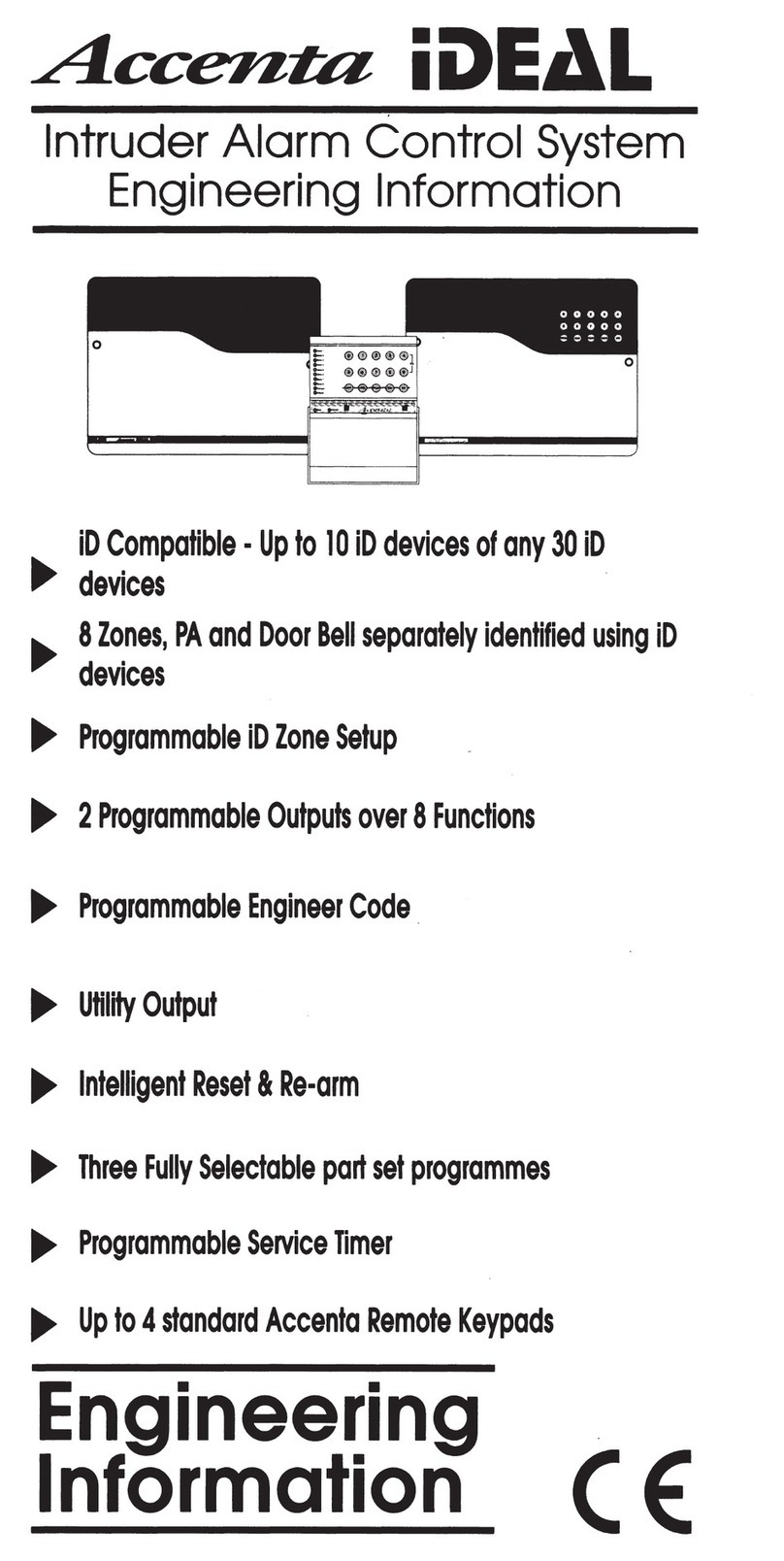
IDEAL
IDEAL Accenta Engineering information

Swann
Swann SW-P-MC2 Specifications

Ecolink
Ecolink Siren+Chime user manual
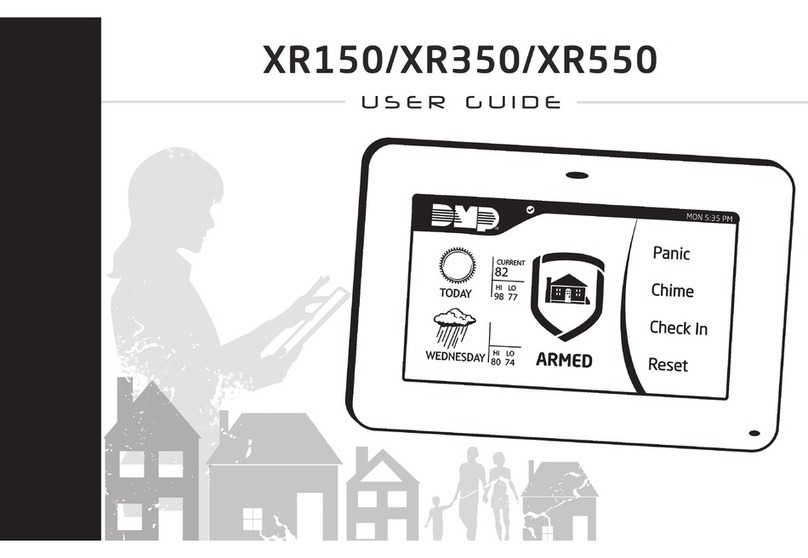
Digital Monitoring Products
Digital Monitoring Products XR150 user guide

EDM
EDM Solution 6+6 Wireless-AE installation manual

Siren
Siren LED GSM operating manual

Detection Systems
Detection Systems 7090i Installation and programming manual
